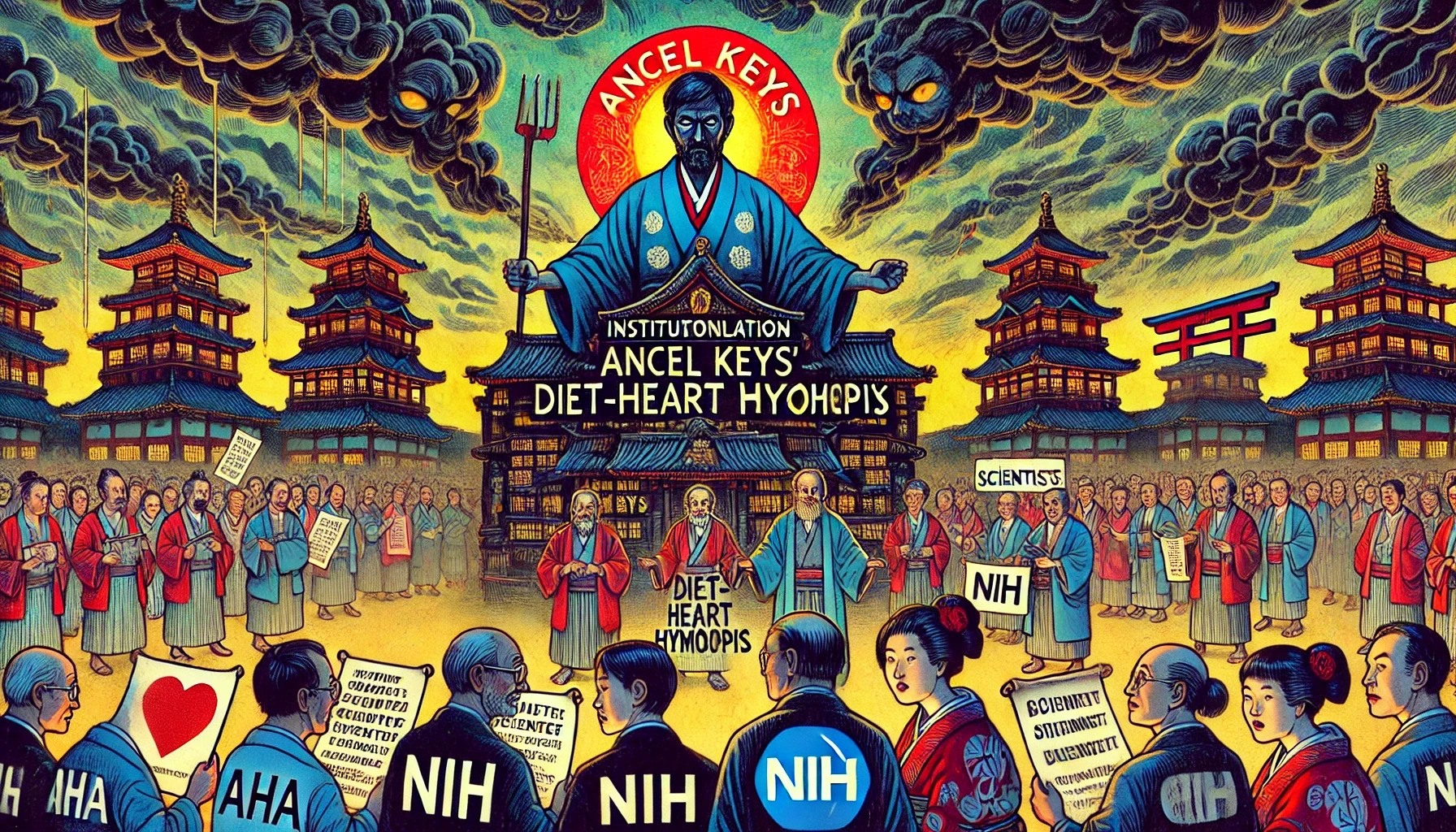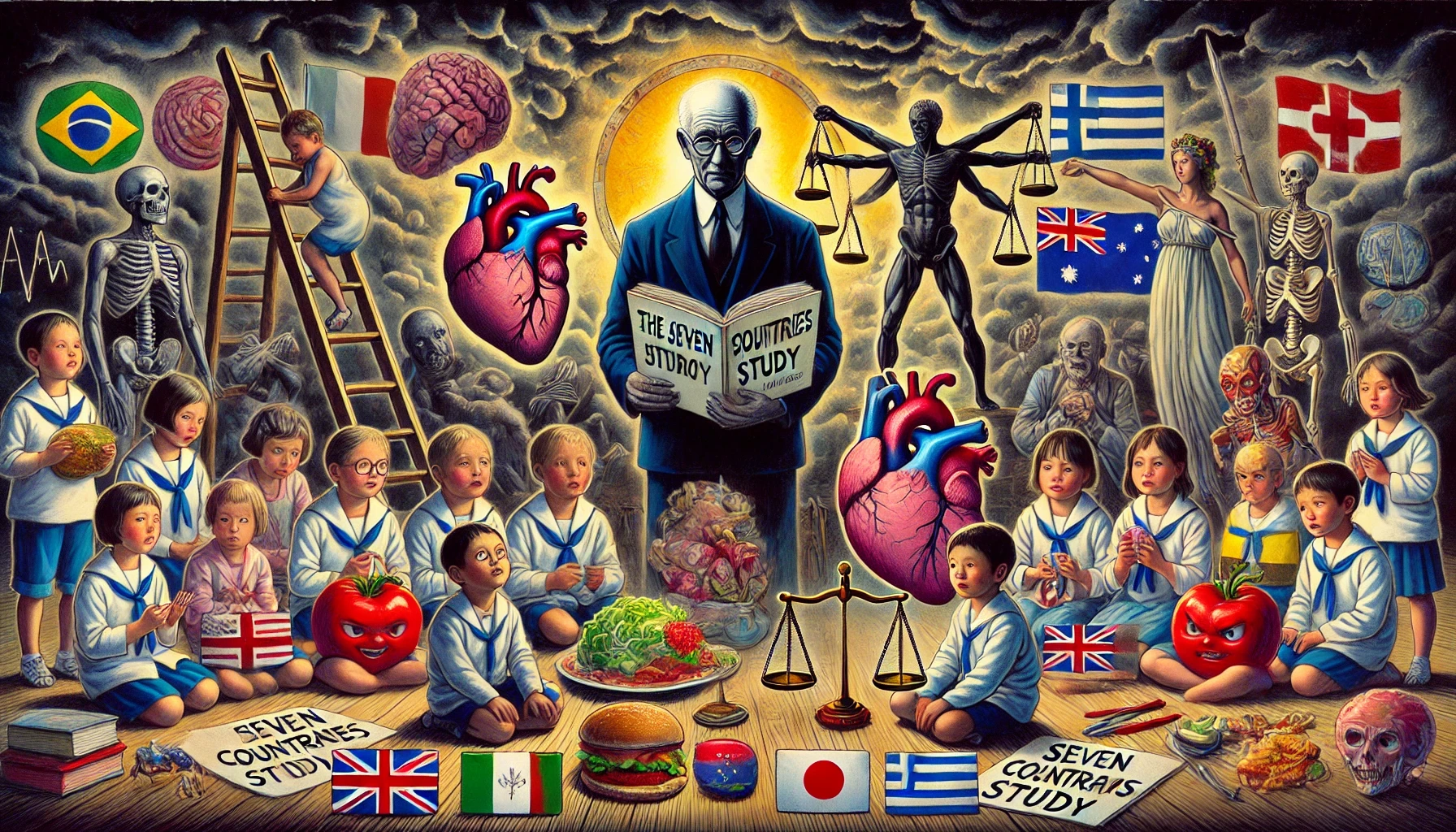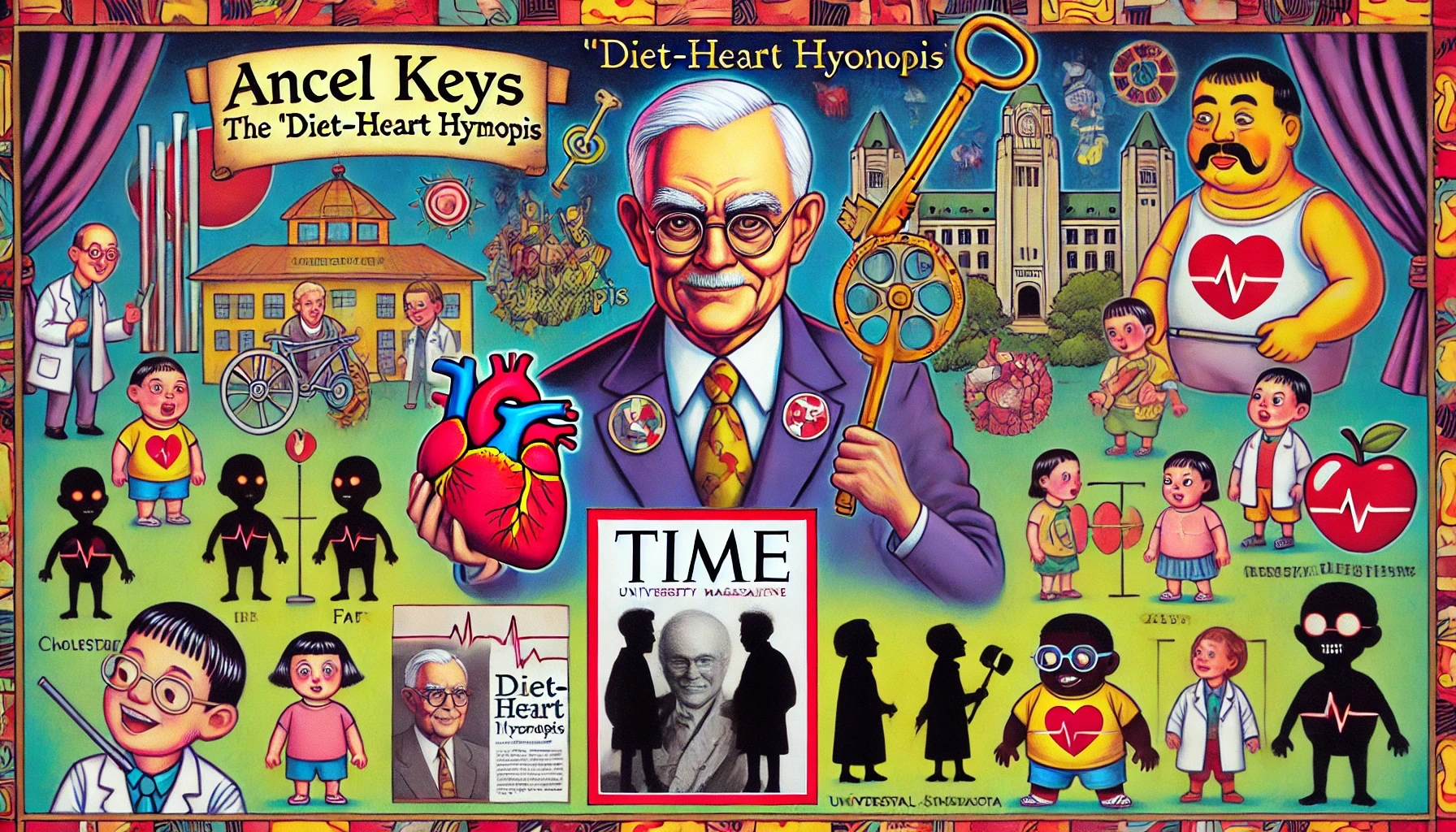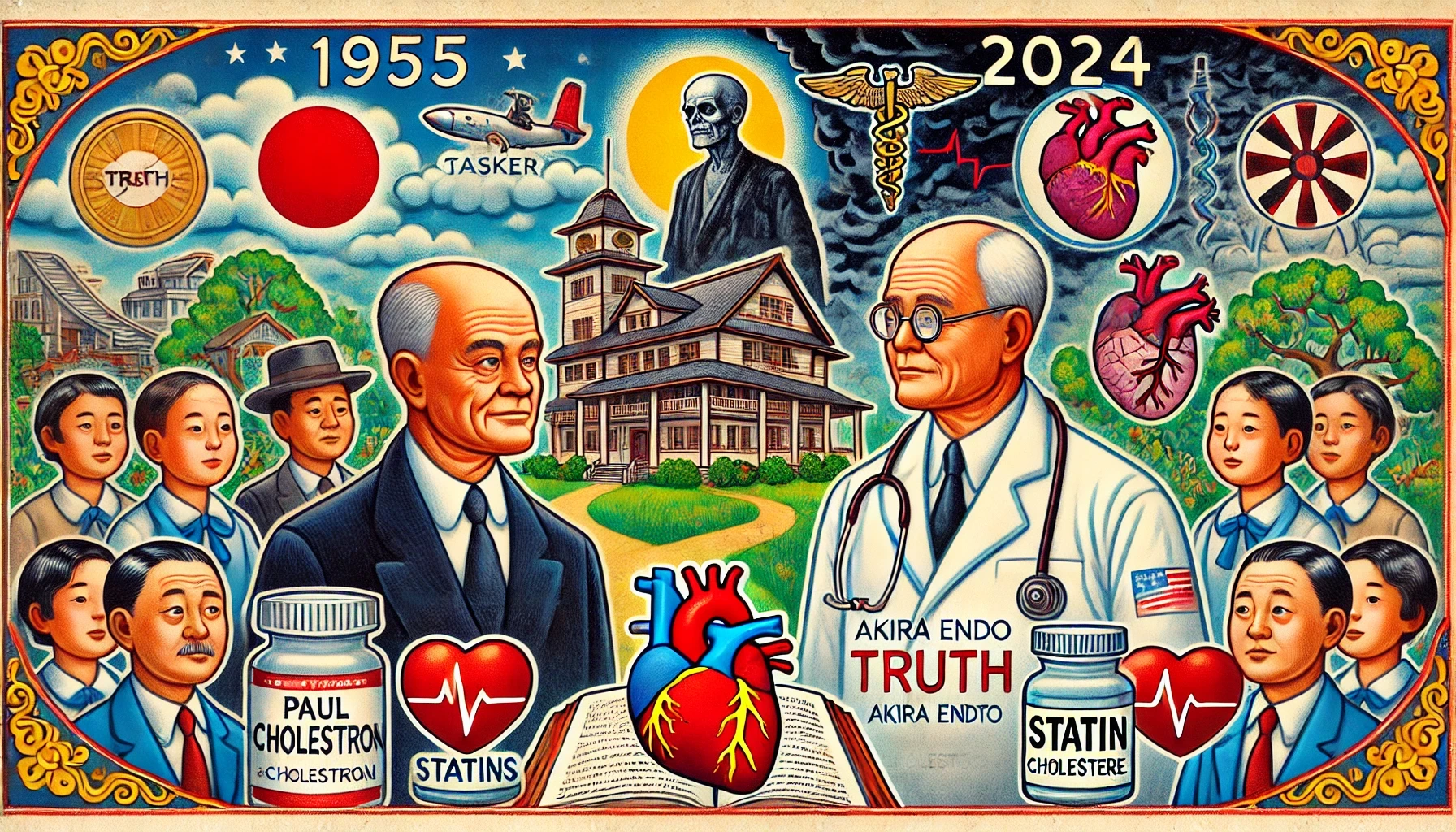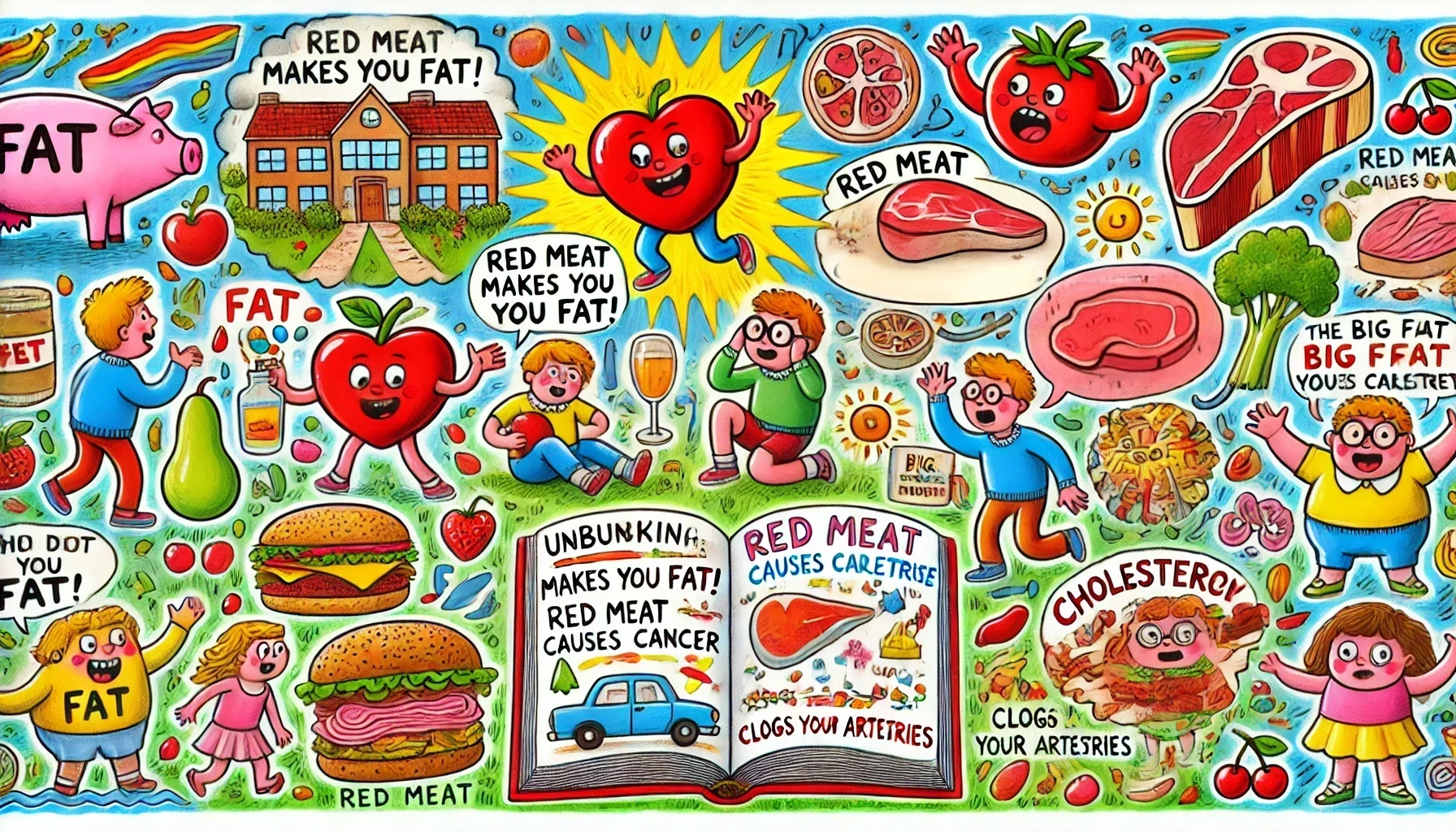ZENPTY.
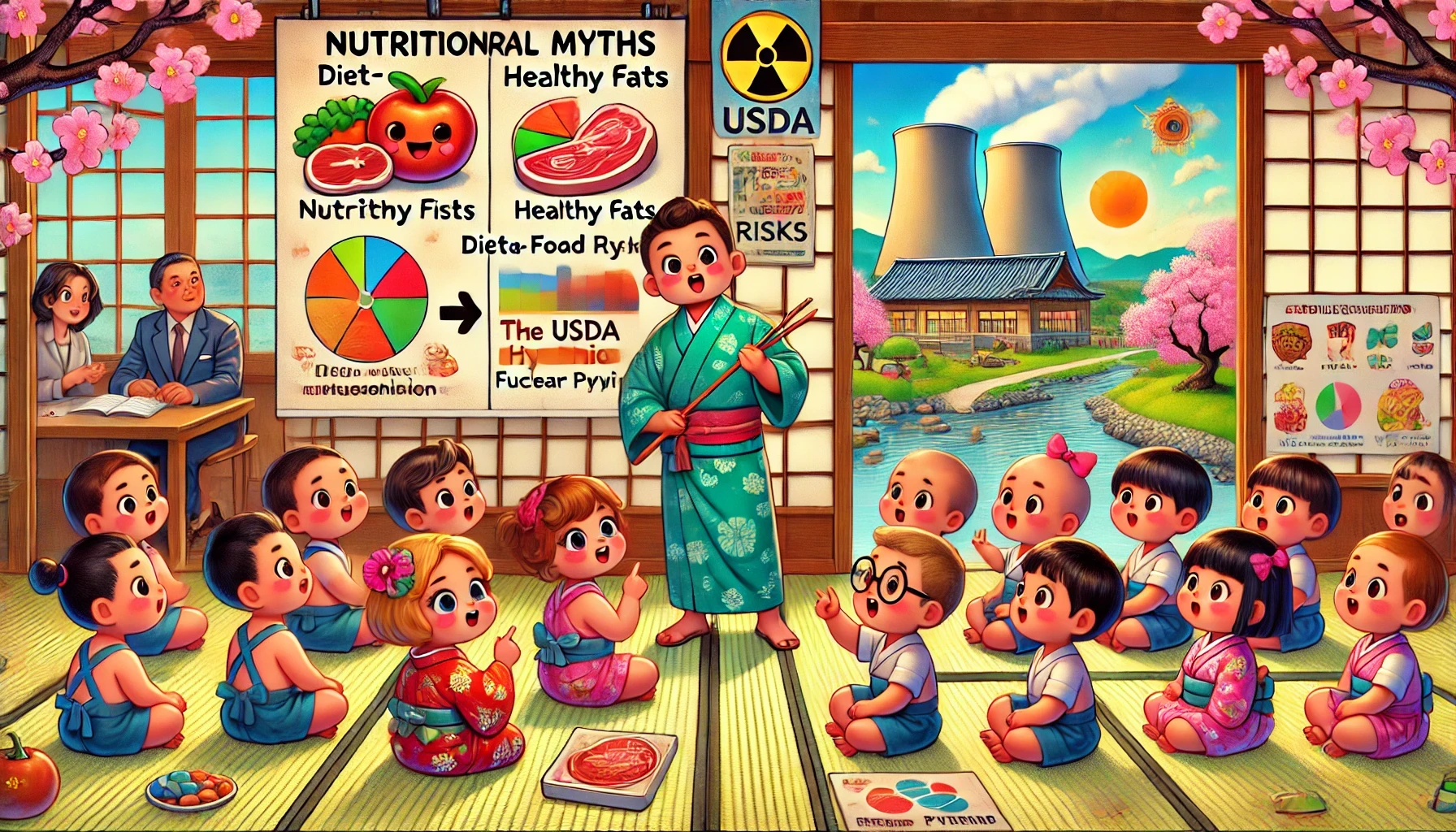
Nutritional Myths and Nuclear Risks: The Parallel Stories of Regulatory Capture
Sep 9, 2024
As we’ve been exploring the history behind how we erroneously came to attack meat and various sources of healthy fats, I noticed an interesting parallel between the world of nutrition and the world of nuclear energy.
On the surface, both industries supply essential energy for our modern lifestyle. On the flip side, they share a significant risk known as regulatory capture. Frank N. von Hippel, a nuclear physicist at Princeton who was responsible for national security issues in the White House Office of Science and Technology Policy, stated: “Nuclear power is a textbook example of the problem of ‘regulatory capture’ — in which an industry gains control of an agency meant to regulate it.” This sounded all too familiar to me as we explored the world of nutrition in “The Big Fat Surprise.”
Similar to the nutrition world, the nuclear power industry suffers from regulatory capture. Just as Ancel Keys ignored our healthy ancestral diet of eating meat, Tokyo Electric Power Corporation built their now-defunct Fukushima power plants at risky sites, ignoring historical tsunami levels.
According to the National Diet of Japan’s Fukushima Nuclear Accident Independent Investigation Commission (NAIIC), the initial construction was based on existing seismological information. Later research, however, showed that tsunami levels had been underestimated. While Tohoku Electric learned from past earthquakes and tsunamis and continuously improved its countermeasures, Tepco overlooked these warnings. The NAIIC report noted that Tepco “resorted to delaying tactics, such as presenting alternative scientific studies and lobbying.” Following the catastrophic incident at Fukushima, various coverups and faked reports emerged.
Switching back to nutrition, Ancel Keys and his diet-heart hypothesis came to dominate the American Heart Association (AHA) and the National Institutes of Health (NIH) in the early 1960s. After more than a decade of dominance by Keys, there was hardly any opposition remaining in the scientific community of nutrition.
When the US federal government decided to get more involved in health and nutrition at the end of the 1970s, they were heavily influenced by the AHA. In 1977, the Senate Select Committee on Nutrition and Human Needs shifted its focus from undernutrition to overnutrition. Led by Senator George McGovern, the committee staff consisted of lawyers and former journalists who were laymen in the field of fat and cholesterol. Their report was drafted with the close guidance of Mark Hegsted, a professor of nutrition at the Harvard School of Public Health and a staunch supporter of the diet-heart hypothesis. With Hegsted's guidance, the report recommended a diet in line with the AHA’s recommendations, reducing overall fat from 40 percent to 30 percent of calories, capping saturated fat at 10 percent of calories, and increasing carbohydrates to between 55 percent and 60 percent of calories.
Following the report, Congress designated the USDA as the lead agency on nutrition, and coincidentally, Mark Hegsted became the USDA’s new nutrition director. In 1980, he published the first Dietary Guidelines for Americans. These guidelines eventually became the basis of the USDA food pyramid, which has evolved into the USDA’s “My Plate” in recent years. This model has become the gold standard of nutrition, determining food selection at schools, hospitals, nursing homes, and military bases, and educating healthcare professionals.
This low-fat, high-carb diet recommendation has led to a cascade of metabolic illnesses. The World Health Organization attributes approximately 1.5 million deaths annually to diabetes alone, a toll much higher than the combined deaths from Chernobyl and Fukushima. This crisis continues as Big Food and Big Pharma work hand in hand with regulators. “The Big Fat Surprise” reveals more examples of how these industries have profited from our suffering. For instance, seed oils and the Mediterranean Diet are marketing gimmicks with shaky scientific foundations.
As I conclude this series on “The Big Fat Surprise,” I’m struck by the devastating, yet pervasive effects of regulatory capture and the misuse of the scientific process. In our post-industrial society, we respect the scientific process as the gold standard for decision-making, but as we’ve seen repeatedly, this process can be distorted by those who profit from it.
We confidently use terms such as evidence, science, and data to reassure ourselves. However, I’ve learned that these can be quite dangerous, even when they come from well-meaning doctors and policymakers. While the advancement of science can bring wonderful things to our lives, there are consequences when we start eating artificial materials made with carbohydrates and vegetable oils. For this reason, I am moving away from blindly trusting science and moving more toward respecting the wisdom gained from our history.
This is part 6 of the series on “The Big Fat Surprise.”
A Carnivore Journey: How Letting Go of Carbs Opened New Doors
Silencing Dissent: How Ancel Keys' Hypothesis Dominated Nutrition Science
Ancel Keys and the Diet-Heart Hypothesis: A Deep Dive into Flawed Science
Unmasking the Villain: Ancel Keys and the War on Saturated Fat
From Eisenhower to Endo: The Evolution of Heart Health Myths
Red Meat, Cholesterol, and Fat: Challenging Conventional Wisdom


